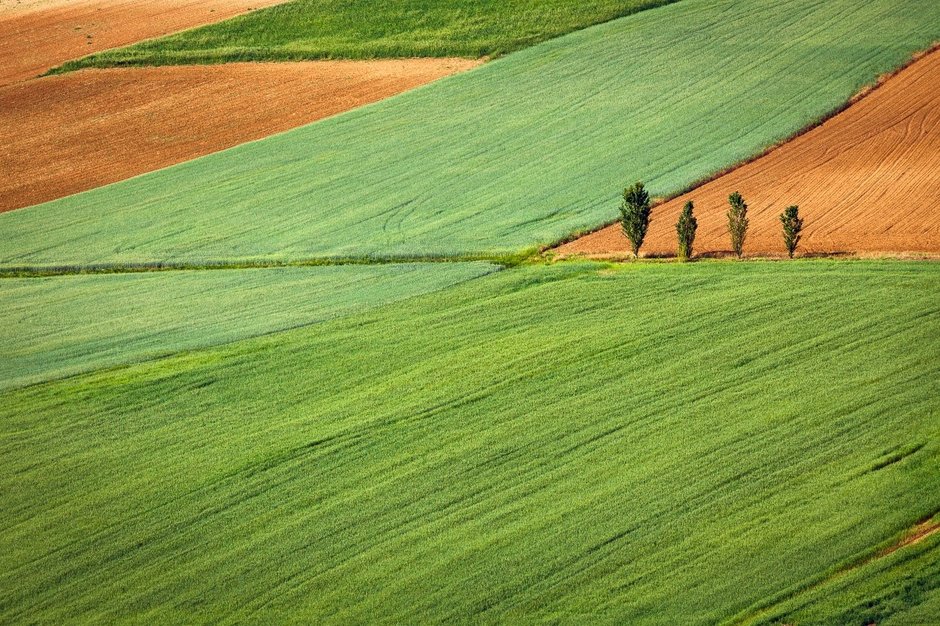In October 2014, the Member States agreed to curb domestic greenhouse gases’ (GHG) emissions by 40% compared to the 1990 levels. To achieve this goal, a revised regulation for including GHG emissions from the land use, land use change and forestry (LULUCF) was proposed by the European Commission in 2016. The LULUCF regulation covers, among others, CO2 emissions and removals from cropland, grassland and forest management.

On 11 July 2017, the European Parliament’s ENVI Committee backed the European Commission’s proposal for the revision of the LULUCF Regulation. Under the proposal, the Member States must offset forest losses with the CO2 saving measures in the land management. More precisely, in its draft report, the ENVI Committee explicitly mentions the need to promote development and use of the “precision agriculture and agri-digitalisation” as means to reduce the CO2 emissions arising from the land use.
Agriculture is responsible for a bulk of the GHG emissions. Among others, these include N2O emissions from the use of fertilizers, CO2 emissions from the energy consumption on the farm and CH4 emissions from the livestock. Good soil management practices combined with a data-driven farming can help reduce the CO2 emissions from the farmed land. The above-mentioned stance of the European Parliament gives a good political impetus for the low-carbon, data-driven European agriculture.
More information about the potential of the data-driven farming are available here.